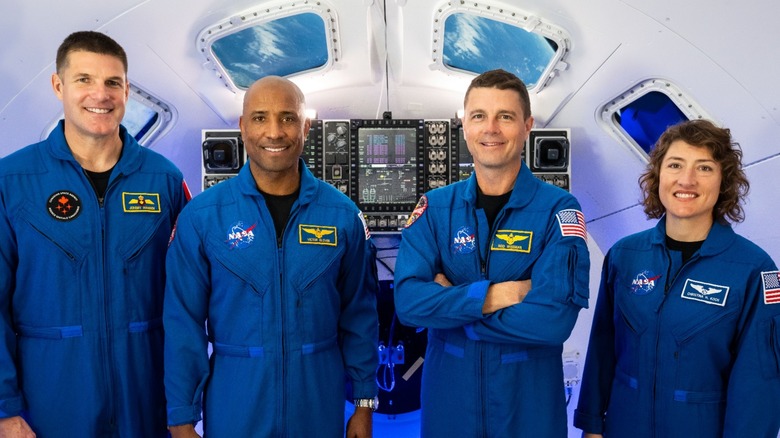NASA Names The 4 Astronauts That Will Be Going To The Moon With The Artemis 2 Mission
After a long spell of deliberations and speculations, NASA has finally picked the four astronauts for the Artemis II mission that will put mankind back on the track of crewed lunar exploration after the Apollo 17 mission in 1972. Three of the astronauts – Christina Koch, Victor Glover, and Reid Wiseman – shortlisted for the remarkable lunar expedition are NASA alumni, while the fourth and final candidate is Canada's, Jeremy Hansen. The quartet brings numerous firsts for the mission. Koch would be the first woman astronaut in history to embark on a mission to Earth's sole natural satellite.
Hansen becomes the first Canadian to do so, while Glover – who will also serve as the pilot of the Artemis II mission – will hold the distinction of being the first African American to orbit the moon. "Together, we are ushering in a new era of exploration for a new generation of star sailors and dreamers – the Artemis Generation," NASA admin bill Nelson said in a statement. The Artemis II mission will last 10 days, launching off the Space Launch System while the Orion spacecraft will handle the lunar round trip and the subsequent return back to Earth.
A litmus test for further exploration
Taking off from Launch Complex 39B at NASA's Kennedy Space Center in Florida, the Orion capsule will take the four selected astronauts on a four-day trip to the moon taking them around the satellite's famed dark side. The astronauts will reach a point approximately 6,400 miles beyond the far side of the Moon. Instead of using a propulsion system, the return journey will rely on the gravitational pull between the Earth and the moon to come back and eventually splash down in the Pacific ocean off of the San Diego coastline. NASA is calling it a hybrid free return trajectory.
Training for the Artemis II will likely begin this summer, while the mission lift-off is slated for late 2024. Building on the success of the uncrewed Artemis I mission in December last year, Artemis II will also mark the most comprehensive test of the Orion capsule and its suitability for subsequent missions to the moon, and beyond. As for why NASA is going back to the moon after five decades, the agency says the Artemis mission is about "scientific discovery, economic benefits, and inspiration for a new generation of explorers." Following the Artemis II mission, its successor will take mankind back to the moon's surface, while future missions are eyeing a journey to Mars.
